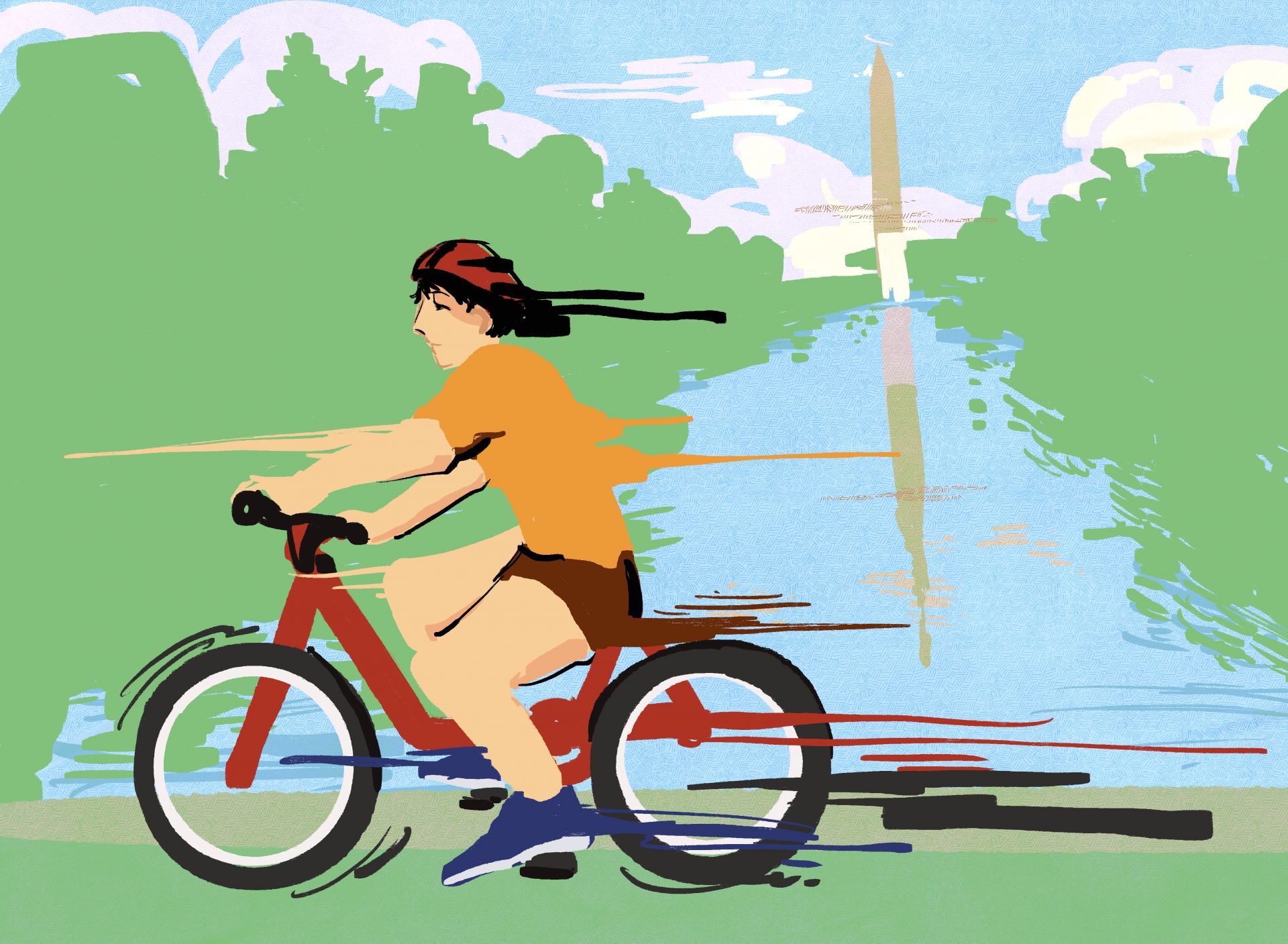Getting oriented on the Georgetown campus as a freshman is no small feat. As you are suddenly swamped by all the fresh demands of college, you’ll understandably decide to prioritize finding your place on campus, to the exclusion of really going out and exploring the nation’s capital. As you will hear many times throughout your Georgetown career, the “Georgetown bubble” is very real. Even some upperclassmen may have a limited sense of the world outside the narrow confines of our campus. Not only is D.C. a wonderful city in its own right, but there is a paradoxical value in spending time outside of Georgetown. To fully assume one’s responsibility towards oneself requires taking action outside the concrete expectations of college—it is only by separating oneself from the campus community on occasion that one can return to campus feeling all the more at home. Only from the outside can one honestly assess and appreciate what one had.
That is all to say that you really should spend time off campus, at least once a week. But how do you get there? Georgetown provides many options, especially once you connect to the wider network of D.C.’s public transportation system. But one option clearly stands out from the rest: biking. The benefits of biking are so ludicrously extensive that this piece will verge at times on proselytization, but I will attempt to remain as clear-sighted in my evaluation of the options as possible.
Let us start with the practical question: where does one even find bikes? While you could make the trek to college with your own bike in tow, D.C. is saturated with ride-share bikes, with the foremost option—Capital Bikeshare—having a dock right outside the front gates. This has various advantages. There is no question of upkeep: you merely take a new bike from any dock and deposit it at any dock, regardless of where you originally picked it up. There is no risk of theft or of inclement weather, nor the incessant drama of flat tires and broken chains. Greatest of all, there is no need to keep track of a single bike that can only be in one place at a time.
For all those who are not diehard bikers, this is the most important factor: You are never burdened by the need to complete a whole trip by bike and are free to slice your commutes any which way. You might bike down to the Wharf to see a concert, taking advantage of the beautiful trails along the Potomac and the Reflecting Pool, but by the time 10pm rolls around the idea of making the trip back seems downright herculean. Instead, you can easily take public transport back, leaving your bike behind.
Even if you are not regularly taking “Bike Rides™,” the rideshare bikes can still be an integral part of your experience. There is no faster or more reliable way to make the common trips between campus and Dupont Circle, or for a quick jaunt over to Wisconsin Ave. Unlike the bus network, there is no waiting or checking time tables; you just go. You also don’t have to brave any dangerous city biking—you can simply go as far as you want within the network of dedicated bike lanes, then switch to public transport.
The marginal cost of taking a bike is so low, you cannot help but find a time to use them. Thanks to public ownership and generous student discounts, you can get a full membership to the Capital Bikes rideshare for only $25 a year, which is not only a steal relative to the cost of acquiring and maintaining your own bike, but also compared to other public transport options, not to mention the exorbitant cost of taking a taxi.
I could elaborate on the other various benefits of biking you’ve likely heard many times—for your health, for the climate, for the city—but I want to return to how valuable it can be to your time as a student at Georgetown. Unlike public transport, biking provides you with a unique perspective on the city. You experience the fabric of the city not as a series of isolated hotspots—Wisconsin and M, Dupont Circle, the National Mall—but as one connected whole. This process integrates the dense activity of campus with the wider city, and forces you to gain real confidence in navigating the city. Suddenly, the streets are no longer just lines on a grid but a rich tapestry, weaving together the bright spots you know with the quiet parts you don’t, until the whole city is suffused with that same glow of familiarity.
But the real coup de grace for biking is that it can be a very social activity. If you take my advice and become a capital biker, then you have an incredibly easy way to create meaningful social interactions. A weekend bike ride can be a great way to spend more time with a new friend, and can deliver you anywhere in the city. A couple options for your consideration: biking down the Mall, checking out the Smithsonian, going to the Reflecting Pool, and whatever other weekly happenings you might find. (The Washington Post’s Going Out Guide is a great source.) Even spontaneous bike rides can leave a lasting impression on people. I’ve convinced my fair share of people to bike back from a night out at Dupont Circle, which is very safe if you take the fully protected bike lanes on New Hampshire Ave to M Street. My insistent coaxing to bike back after a protest made such a lasting impression that I was approached four months later at an event, known not by my first name, but as “that bike guy.”
Regardless of what point you are at in your Georgetown career when you read this article, whether you are a wide-eyed freshman or a veteran senior, I implore you: take advantage of our beautiful city. Get out there and start biking!




